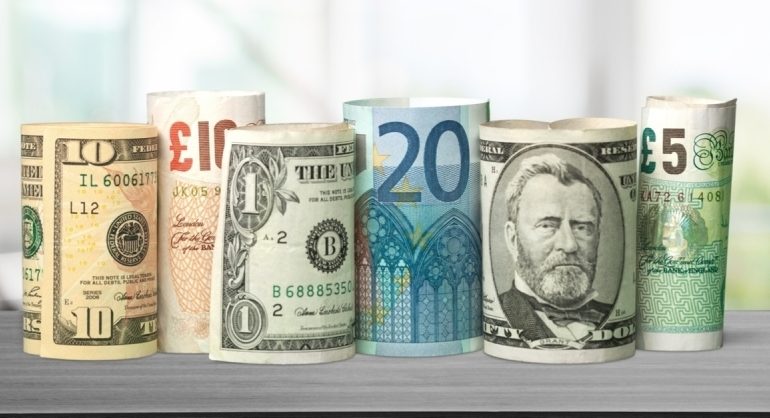During this week, the Turkish lira has lost 12% of its value in relation to USD, which has been the highest rate since 2001. As from the beginning of the year, lira has depreciated by 35%. The decision of the United States of America is considered the reason for that, according to which decision the Trump Administration is planning to revise the issue of importing Turkish products to the USA market without customs permission. Due to this decision, Turkish export may incur a loss of 1.7 bln USD. In its turn, the decision of Trump administration turned out to be a response to the decision of official Ankara to increase tariffs for American products. The increase of tariffs was preceded by the increase of taxes for aluminum and steely Trump.
Russian ruble is also depreciating. In this case, the reason is new sanctions of USA. In relation to USD, Russian ruble lost 4% of its value, which is the maximum of the last 21 months. The price of one USD is 66.7 rubles, which has been the highest rate since November 2016 for Russian currency. The reason for imposing new sanctions by the USA was the usage of a chemical weapon by Russia. The sanctions will become effective as from 22nd of August.
In parallel to the depreciation of lira and ruble, lari also depreciates. In Bloomberg trade system, by 1500hr, one USD was traded for 2.56 GEL. by the 10th of August, the official USD selling price of the National Bank of Georgia varies between 2.60-2.62 GEL, while the buying price was between 2.51-2.52 GEL.
In Q2 2018, compared to Q2 2017, actual GEL exchange rate in relation to the countries of the region and trade partner countries, changed as follows: stabilized to Turkish lira by 9.3%; stabilized to Russian ruble by 7%; depreciated to Ukrainian grivna by 10.2%; depreciated to Azerbaijani manat by 0.5%; depreciated to Armenian dram by 0.5%.
"Forbes Georgia-ის სარედაქციო ბლოგპოსტების სერია "როგორ გამდიდრდა“ და "საქართველო რეიტინგებში".















